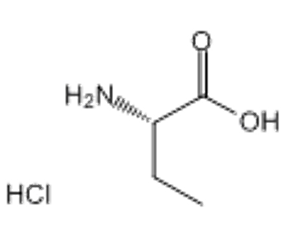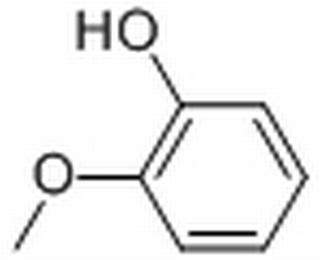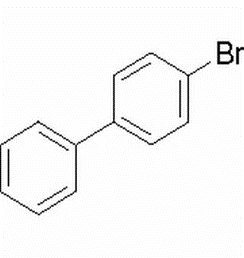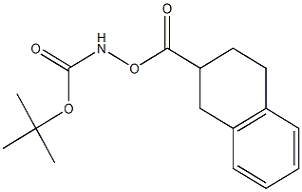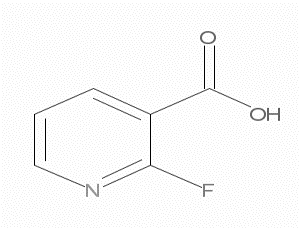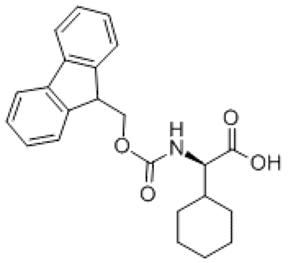2-Furoyl chloride(CAS#527-69-5)
| Hazard Symbols | C – Corrosive |
| Risk Codes | 34 – Causes burns |
| Safety Description | S26 – In case of contact with eyes, rinse immediately with plenty of water and seek medical advice. S36/37/39 – Wear suitable protective clothing, gloves and eye/face protection. S45 – In case of accident or if you feel unwell, seek medical advice immediately (show the label whenever possible.) |
| UN IDs | UN 3265 8/PG 2 |
| WGK Germany | 3 |
| RTECS | LT9925000 |
| FLUKA BRAND F CODES | 10-19-21 |
| TSCA | Yes |
| HS Code | 29321900 |
| Hazard Class | 8 |
| Packing Group | II |
Introduction
Furancaryl chloride.
Quality:
Furancaryl chloride is a colorless, transparent liquid with a pungent odor. It is easily soluble in common organic solvents such as ethanol, ether and benzene. It reacts with water to form furanoic acid and releases hydrogen chloride gas.
Use:
Furancaryl chloride is often used as an important reagent in organic synthesis. It can be used as an acylation reagent for acylation reactions to introduce furancarbyl groups into other compounds.
Method:
Furazyl chloride can be obtained by reacting furanoic acid with thionyl chloride. Furancarboxylic acid reacts with thionyl chloride in an inert solvent such as methylene chloride to obtain furoformyl sulfoxide. Further, in the presence of thionyl chloride, an acidic catalyst (e.g., phosphorus pentoxide) is used to heat the reaction to generate furanyl chloride.
Safety Information:
Furanyl chloride is a harmful substance that is irritating and corrosive. In case of contact with skin and eyes, rinse immediately with plenty of water. Inhalation of its vapours should be avoided during operation and appropriate protective equipment such as respirators, gloves and goggles should be used if necessary. Store it in an airtight container, away from oxidants and high temperatures. When handling furanyl chloride, safe operating procedures should be observed.



